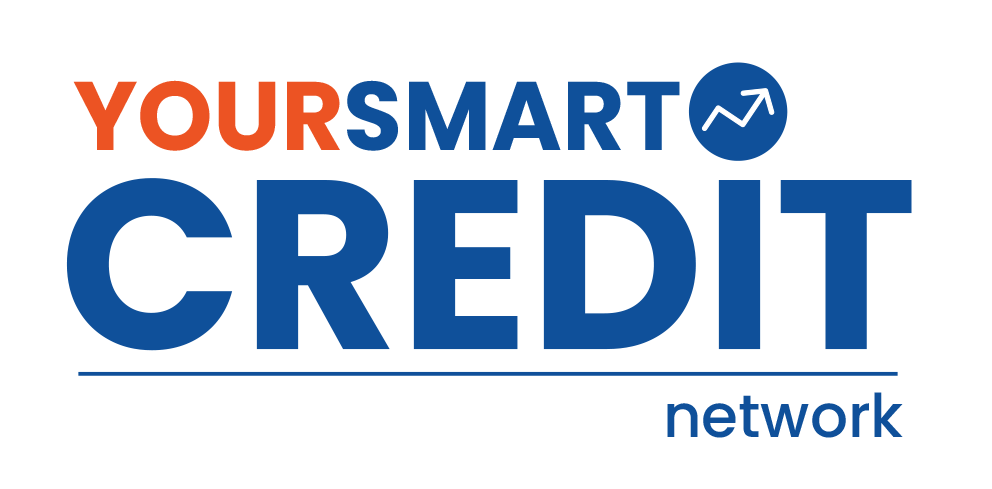Where is all that credit report data coming from?
by John Ulzheimer
 The Consumer Financial Protection Bureau’s (CFPB) Office of Deposits, Cash, Collections and Reporting Markets (DCCR) conducted a study of how consumer data is managed, which was released in December 2012. This included how data is compiled by the three major credit reporting agencies (CRAs) – Equifax, Experian and TransUnion. They receive information from 10,000 sources called furnishers. The top three furnishers/sources of data are bankcard issuers, retail card issuers and collection agencies. Approximately 57 percent of the data is provided by 10 major financial players, 75 percent from the top 50 financial institutions, and 76 percent for the top 100. This really shows that those ten companies have done a very good job recruiting consumers.
The Consumer Financial Protection Bureau’s (CFPB) Office of Deposits, Cash, Collections and Reporting Markets (DCCR) conducted a study of how consumer data is managed, which was released in December 2012. This included how data is compiled by the three major credit reporting agencies (CRAs) – Equifax, Experian and TransUnion. They receive information from 10,000 sources called furnishers. The top three furnishers/sources of data are bankcard issuers, retail card issuers and collection agencies. Approximately 57 percent of the data is provided by 10 major financial players, 75 percent from the top 50 financial institutions, and 76 percent for the top 100. This really shows that those ten companies have done a very good job recruiting consumers.
Credit report contributors
Here is the breakdown of contributors to credit reports:
40 percent of all credit information is from bankcards.
18 percent of the information is from banks that issue retail cards.
13 percent is from collections reported by collection agencies and debt buyers.
7 percent is from education, which is mostly student loans.
7 percent is from mortgage lenders.
4 percent is from auto lenders.
4 percent is from other sources, such as public records such as tax liens and civil judgments.
More than half (58 percent) of the data is from credit cards. Credit cards are really the only type of credit that you can have a whole lot of. You don’t have ten student loans or ten auto loans. But you can easily have ten credit cards. You could go to the mall and come home with three store credit cards, if you’re not careful.
Each of the three credit reporting agencies maintains credit reports on approximately 200 million U.S. adults. The data furnishers provide information on 1.3 billion consumer credit accounts, called “trade lines” on a monthly basis.
Contributing information to the credit bureaus is voluntary. The companies contribute so they can encourage their customers to pay on time, since they report payment information to the credit bureaus. It can be an advantage or disadvantage to you depending upon how currently you pay your bills.
 Credit Reporting Expert, John Ulzheimer, is the President of Consumer Education at SmartCredit.com, the credit blogger for Mint.com, and a Contributor for the National Foundation for Credit Counseling. He is an expert on credit reporting, credit scoring and identity theft. Formerly of FICO, Equifax and Credit.com, John is the only recognized credit expert who actually comes from the credit industry. Follow him on Twitter here.
Credit Reporting Expert, John Ulzheimer, is the President of Consumer Education at SmartCredit.com, the credit blogger for Mint.com, and a Contributor for the National Foundation for Credit Counseling. He is an expert on credit reporting, credit scoring and identity theft. Formerly of FICO, Equifax and Credit.com, John is the only recognized credit expert who actually comes from the credit industry. Follow him on Twitter here.
by John Ulzheimer 01/02/2013



